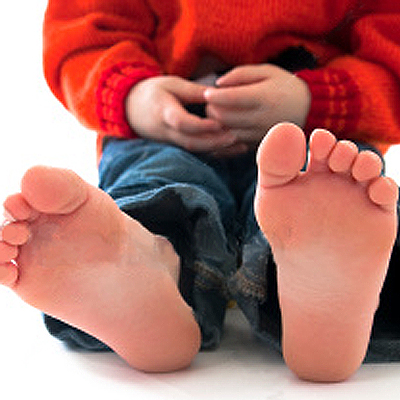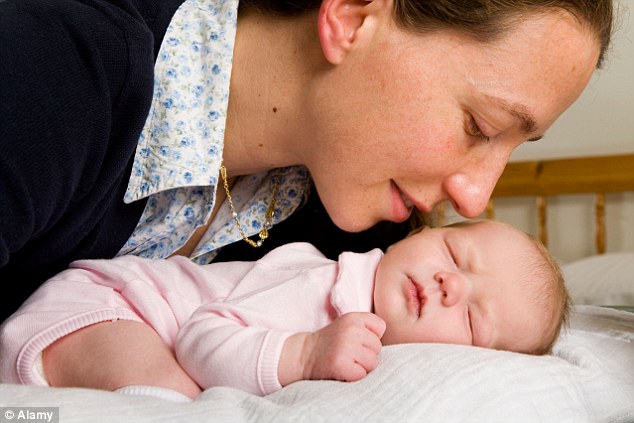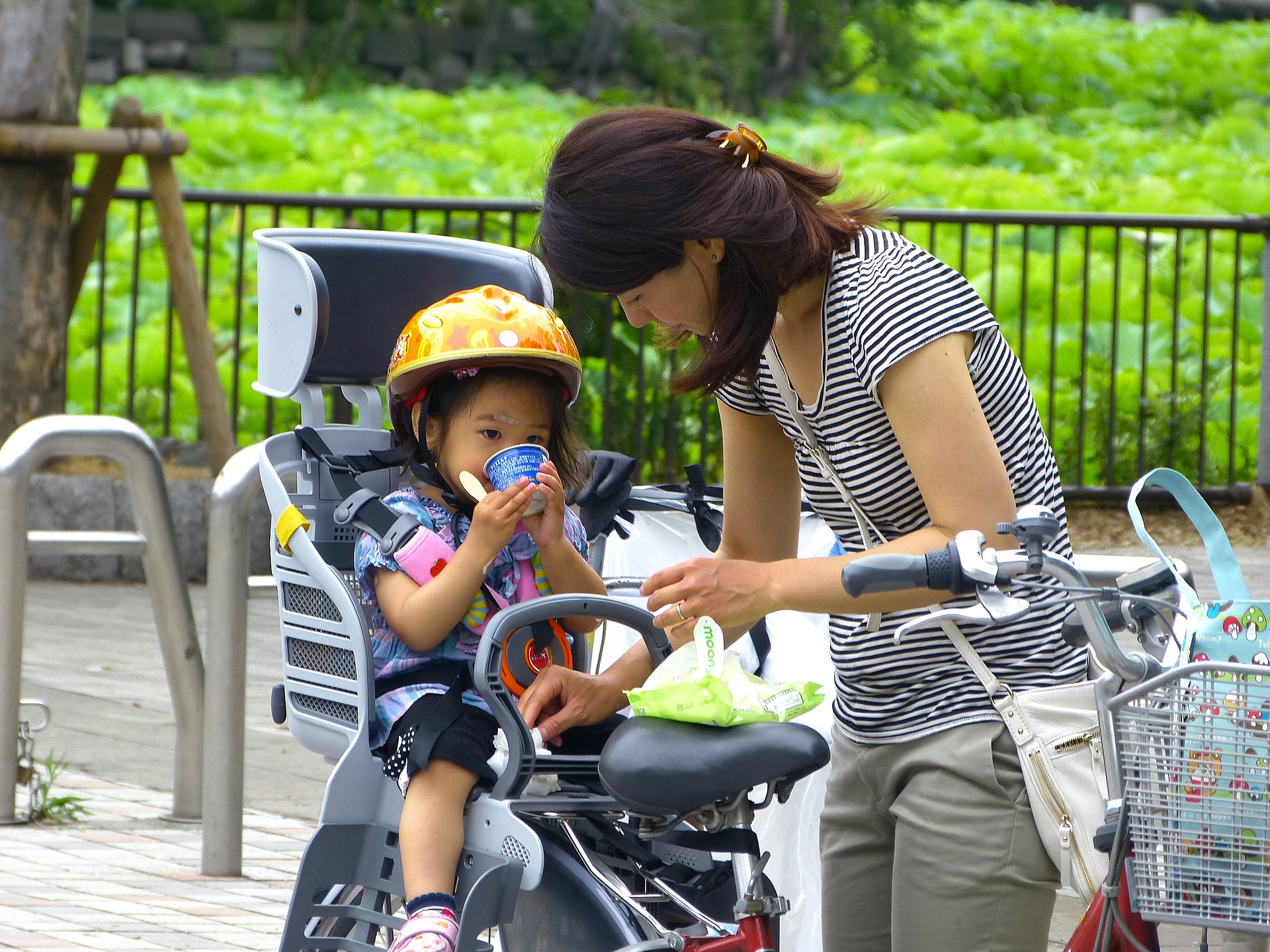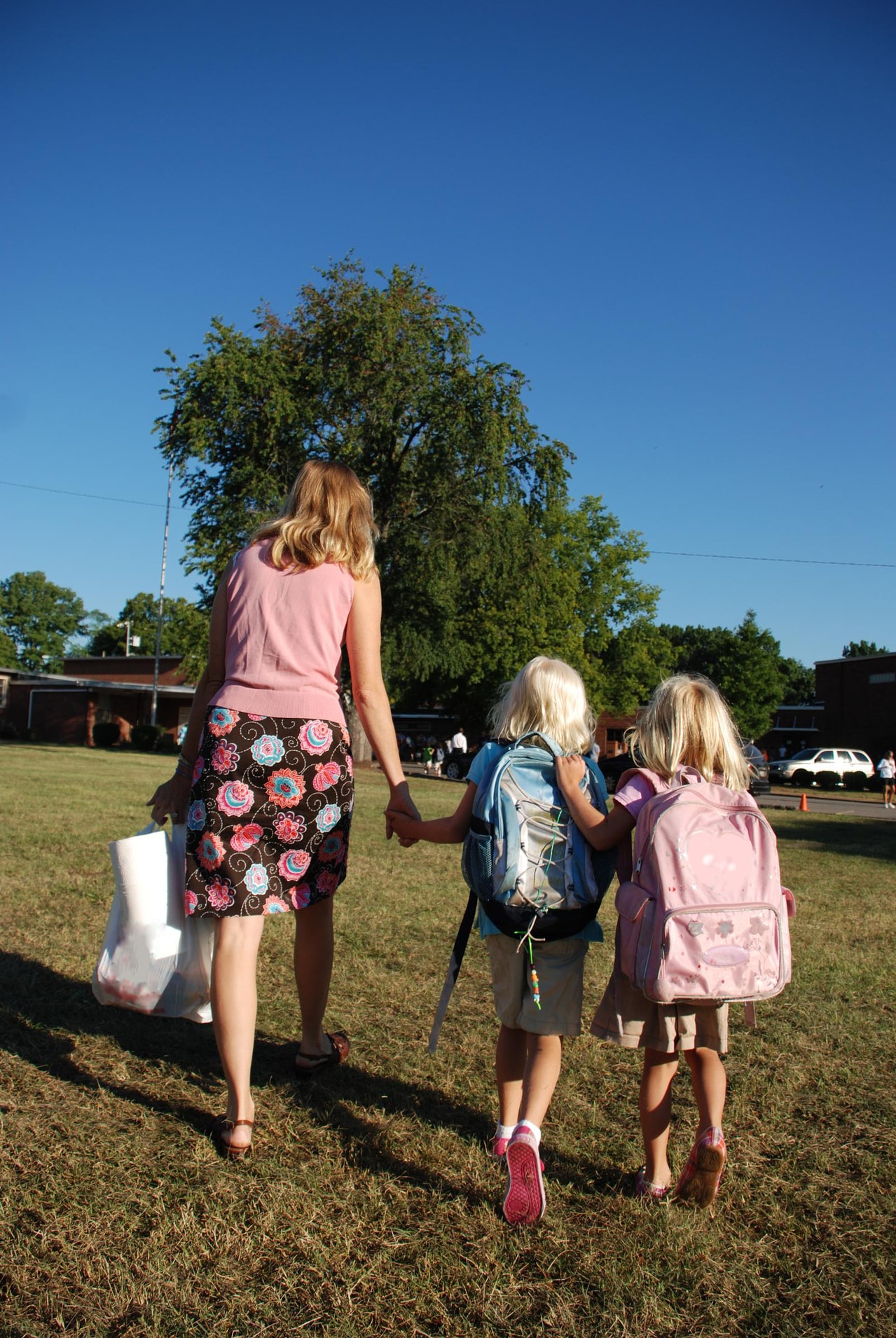Family Care
Obesity & Overweight can lead to Flat Feet
Flat feet (also called pes planus or fallen arches) is common foot illness for many young children, suffering from one of the factors can be divided into congenital and acquired factors in the two conditions.
Congenital factors such as tarsal adhesive, congenital ligamentous laxity, familial inheritance, such as parents or family suffering from flat feet, which the chances for their children to suffer is relatively larger. The acquired factors such as the shortening of the achilles tendon, infections, bad choice of shoes or being overweight, can lead to the possibility of flat feet. Now an increasing number of overweight children suffer from flat feet, their heaviness causes an increases load to the arch of the foot, affecting growth development. Foot development for boys ends around 15-year-old in general, girls are 14 years old. If obesity and overweight happen under development time period, this could lead to deterioration of hind foot valgus and flat feet, easily causing fatigue and pain in the foot. If flat feet not treated early, long-term ranging from plantar fascia strain, periostitis, bone spurs and other symptoms, heavy weight leading knee and low back pain linking to many other consequences, parents should not be overlooked.
According to a survey found that most children aged 3 to 8 have the case of flat feet, by the age of 10, the percentage started to drop. Physiotherapist explained that after the age of 10 the feet are more developed and sterdy. As for an acquired character, if children have learn to self-adjust their posture or medical treatment, growing up will not form flat feet, but some do not properly observed and corrected flat feet may be a permanent setting.
Parents should try to pay attention to their children when it has X-shaped legs, splayed feet, or hindfoot valgus. For parents here is a small test which can do with your children at home, place the child's wet feet printed on white paper and see footprints curvature, the normal footprints can clearly see the inside of the solitary place. If in doubt, consult a orthopedic surgeon or physiotherapist or other professional medical personnel, detailed inspection for children, such as the footprints of the pressure when standing, arch of the foot and calf muscle flexibility, posture analysis of walking, the knee examination and, if necessary please request for X-ray analysis for further diagnosis.
|
|

















